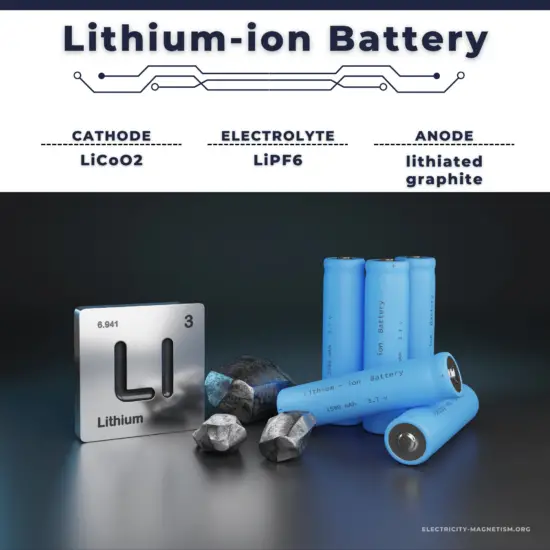Superconductors
Superconductors are materials that can conduct electricity with zero resistance when they are cooled below a certain temperature, known as the critical temperature or Tc. This means that they can carry electric current without any energy loss, which makes them very useful for a wide range of applications in areas such as power generation, medical imaging, and transportation.
The applications of superconductivity are varied, ranging from medical imaging (such as MRI machines) to transportation (such as maglev trains) to power generation and distribution (such as high-field magnets for fusion experiments). However, the challenge with superconductivity is that it requires low temperatures to work, which can be expensive and impractical for some applications. Nevertheless, scientists are continually researching and developing new materials that exhibit superconductivity at higher temperatures, which could lead to more widespread and practical applications in the future.
Types of Superconductors
Superconductors can be classified into two main types:
- Type I superconductors: These superconductors have a single critical magnetic field, below which they exhibit perfect conductivity, and above which they lose their superconducting properties abruptly. They are also called “soft” superconductors. Examples of type I superconductors include mercury, lead, and tin.
- Type II superconductors: These superconductors have two critical magnetic fields, and in between them, they exhibit a mixed state where only some parts of the material are superconducting. They are also called “hard” superconductors. Examples of type II superconductors include niobium-titanium, niobium-tin, and YBCO (yttrium barium copper oxide).
Type II superconductors are more widely used in practical applications because they can operate at higher magnetic fields and temperatures than type I superconductors. They can also maintain their superconducting properties in the presence of strong magnetic fields, which is essential for applications such as MRI machines and particle accelerators.
In addition to these two main types, there are also unconventional superconductors which do not fit into the conventional BCS (Bardeen-Cooper-Schrieffer) theory of superconductivity. These include high-temperature superconductors and heavy fermion superconductors.
These are just a few examples of the many applications of superconductors in modern technology.
Superconductors – Materials
Here’s a table of 10 superconductors with their key characteristics.
| Superconductor | Chemical Formula | Type | Critical Temperature (K) | Critical Magnetic Field (T) |
| Tin (Sn) | Sn | Type I | 3.72 | 0.005 |
| Lead (Pb) | Pb | Type I | 7.19 | 0.015 |
| Mercury (Hg) | Hg | Type I | 4.15 | 0.091 |
| Niobium-titanium (NbTi) | NbTi | Type II | 10.4 | 12.5 |
| Niobium-tin (Nb3Sn) | Nb3Sn | Type II | 18.1 | 25 |
| Yttrium Barium Copper Oxide (YBCO) | YBa2Cu3O7-x | Type II | 92 | 0.2 |
| Bismuth Strontium Calcium Copper Oxide (BSCCO) | Bi2Sr2Ca2Cu3O10+x | Type II | 107 | 0.2 |
| Lanthanum Barium Copper Oxide (LBCO) | La1.85Ba0.15CuO4 | Type II | 40 | 0.2 |
| Magnesium Diboride (MgB2) | MgB2 | Type II | 39 | 0.2 |
| Iron-based superconductor (FeSe) | FeSe | Type II | 8 | 0.17 |



